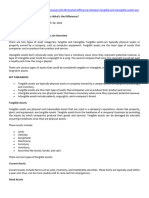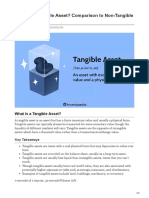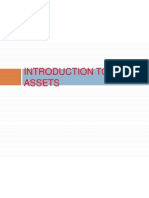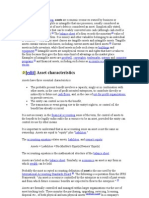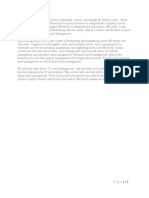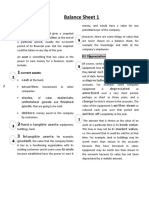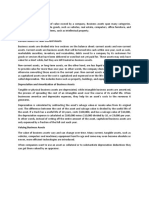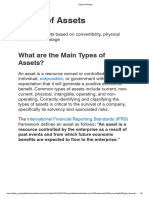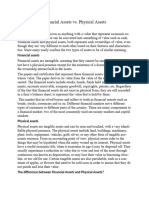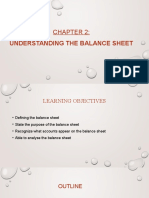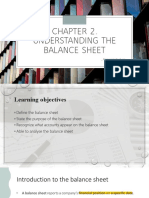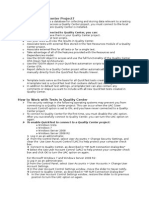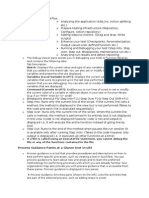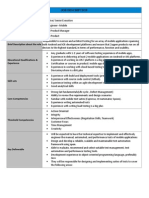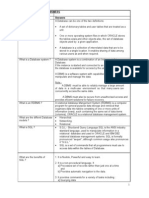0% found this document useful (0 votes)
61 views1 pageTangible assets are physical assets like land, vehicles, equipment, and inventory that companies use to operate but do not sell to customers. They are classified as either current assets that can be converted to cash within a year, like inventory, or fixed assets needed to continuously run the business, such as machinery. Intangible assets are nonphysical assets like patents, trademarks, and copyrights that contribute to a company's future value. Both tangible and intangible assets are recorded on a company's balance sheet to determine financial ratios and assess the company's worth for loans or investments.
Uploaded by
coehCopyright
© © All Rights Reserved
We take content rights seriously. If you suspect this is your content, claim it here.
Available Formats
Download as DOCX, PDF, TXT or read online on Scribd
0% found this document useful (0 votes)
61 views1 pageTangible assets are physical assets like land, vehicles, equipment, and inventory that companies use to operate but do not sell to customers. They are classified as either current assets that can be converted to cash within a year, like inventory, or fixed assets needed to continuously run the business, such as machinery. Intangible assets are nonphysical assets like patents, trademarks, and copyrights that contribute to a company's future value. Both tangible and intangible assets are recorded on a company's balance sheet to determine financial ratios and assess the company's worth for loans or investments.
Uploaded by
coehCopyright
© © All Rights Reserved
We take content rights seriously. If you suspect this is your content, claim it here.
Available Formats
Download as DOCX, PDF, TXT or read online on Scribd
/ 1
